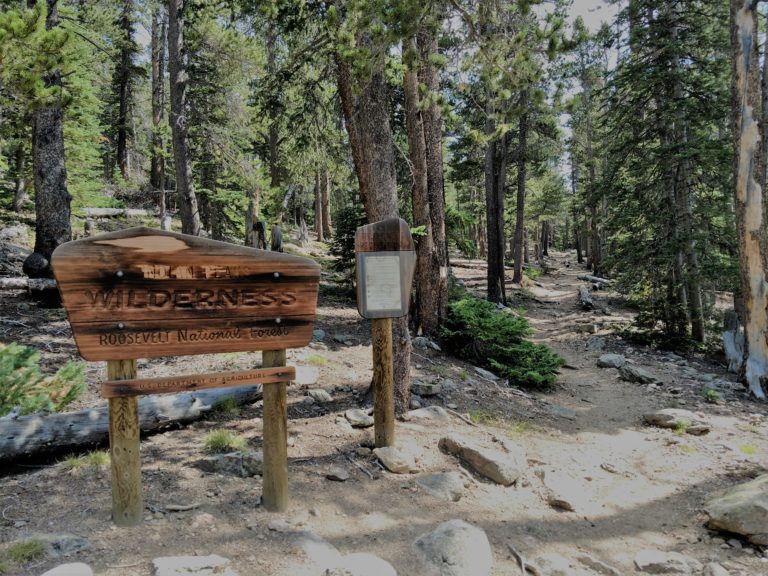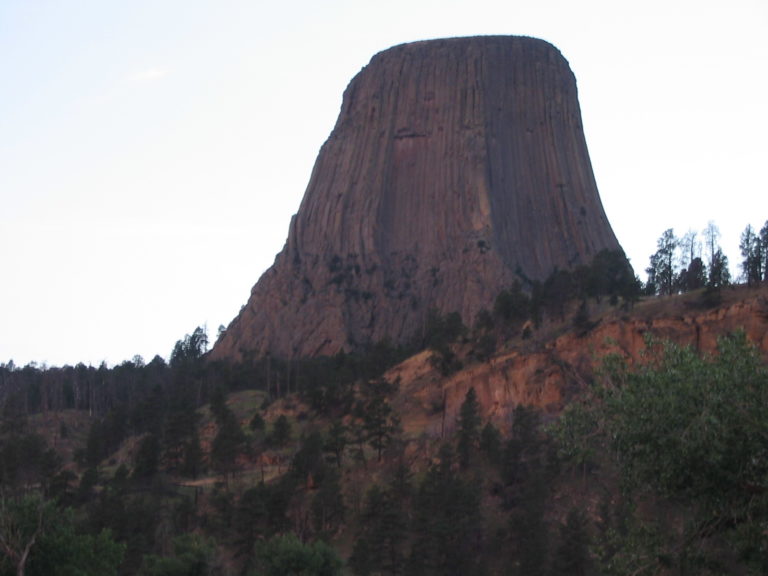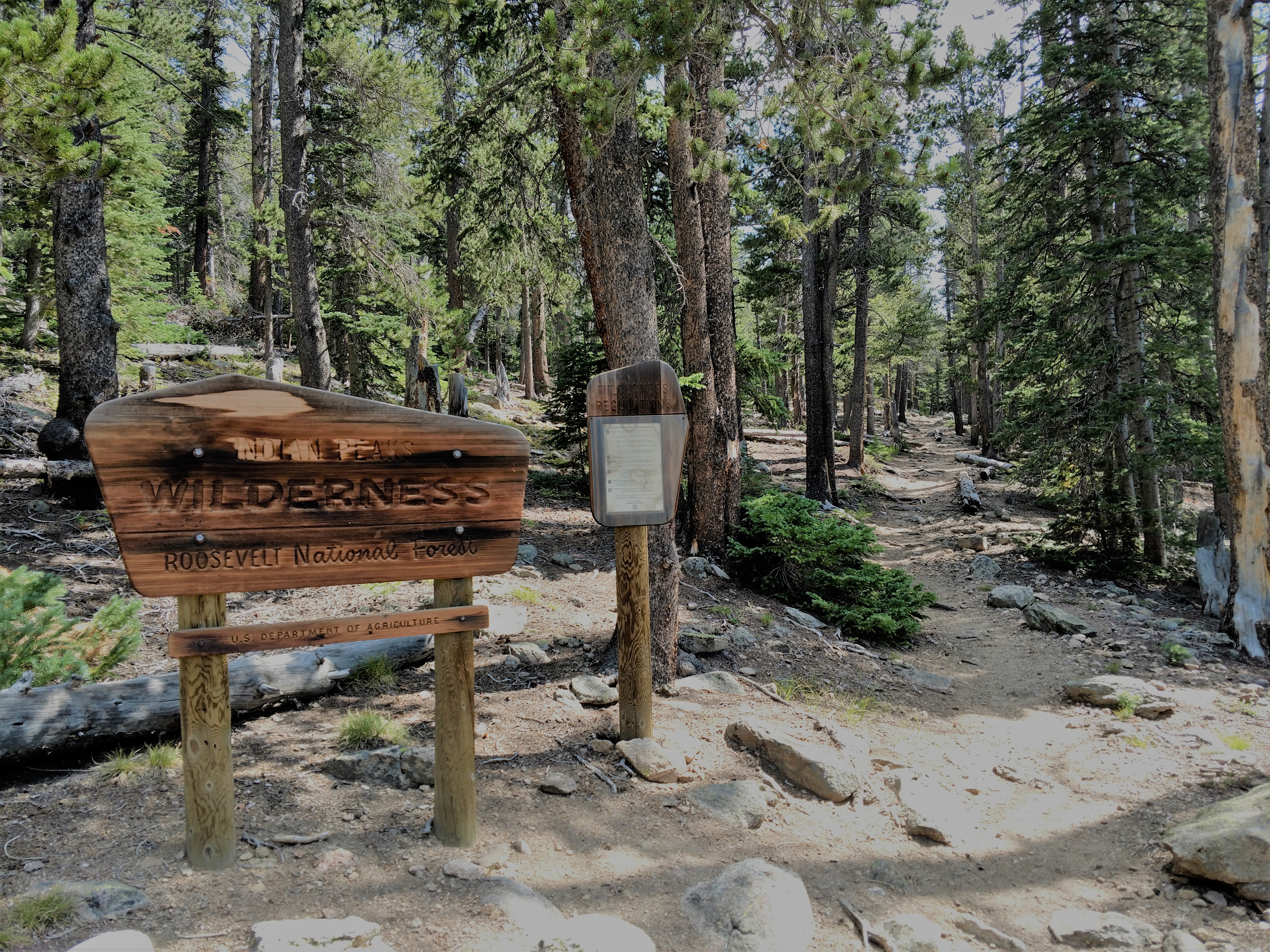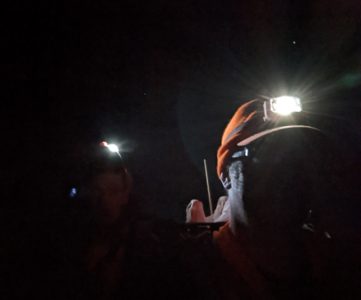As I roll my sleeves up and try to be more involved in conservation directly it’s become very clear that I, and my peers who hunt, fish, and recreate in the great outdoors need to have a better understanding of the intertwined laws and policies that fund our lands and passions. This article won’t make you a lawyer, I’m certainly not one; what I’m looking to do is to give you the gist and general awareness of some of the laws and Acts that directly impact the hunting and fishing community.
Dingell-Johnson Act
Federal Aid in Sport Fish Restoration Act, and is a US Federal Law(16 U.S.C. §§ 777–777l) that levies taxes on certain fishing related products such as fishing equipment, pleasure crafts, yachts, and some percentage of fuel taxes in order to fund programs on Boater Safety, Sport Fish Restoration, Coastal Wetlands Planning, Protection and Restoration Act (CWPPRA). These monies are divvied up from sport fishermen and women like you and are put right back into those programs, the act has been amended six times since it was enacted in order to add more items to the taxable items list.
In 2018 the Department of Interior apportioned $351,917,483.00 of revenue generated by outdoor water-going recreationists to go directly back to conservation and funding fishing and boating related programs. That more than makes up for the price of the couple of Mepps Comet Minnows I lose or bust every PA trout season.
Pittman-Robertson
In 2018 the Department of Interior apportioned $797,160,652 of revenue generated by hunting license sales, ammunition and firearms sales as well as some optics and other gear towards the states as part of the Pittman-Robertson Act.
Wilderness Act

The Wilderness Act was passed in 1964, creating a legal definition of what it meant to be considered Wilderness in the United States. The product of The Wilderness Society, a group whose mission statement is to protect wilderness and inspire Americans to care for their wild places, felt that it was necessary and proper to not only legally define wilderness but to protect it in a way that was immutable, protecting it for generations to come. The act itself is known for a succinct description of what wilderness, now with a capital W is, cutting through legalese to describe what it is and what it isn’t. It’s untrammeled by man. At the time of it’s passing the act immediately protected 9.1 million acres of National Forest Land that were later designated as Wilderness. The system under which the land is managed is called the National Wilderness Preservation System, which at present day manages some 757 properties totaling nearly 110 million acres of public land, that’s land that you and I as American Tax Payers own part of, and it’s wild really wild. The designated Wilderness lands account for nearly 5% of the land within the United States. One unique aspect to the Wilderness Act is that when the lands are designated as Wilderness (again with a capital W) there is a restriction against mechanical conveyances — no off-road vehicles, motorcycles, vehicles, etc. These large plots of land, minimally 5,000 acres do not have roads through them by law, which has caused some consternation in places where new roads or easier access from one side of the property to the other is desired. Unfortunately the text of the act does not actually define the word road-less, and as politicians are wont to do, they bicker over what the intent of the word truly means. To that I say that the land remains untrammeled. No roads.
Wilderness areas are some of the most beautiful areas to hunt and fish. There you can nearly guarantee that there are no noises from a road, no logging, no dirtbikes whizzing by. You can be one with nature and alone with your thoughts, and the animals surely surrounding you.
A wilderness, in contrast with those areas where man and his own works dominate the landscape, is hereby recognized as an area where the earth and its community of life are untrammeled by man, where man himself is a visitor who does not remain.
The Wilderness Act of 1964 Pub.L. 88–577
Antiquities Act

The Antiquities Act of 1906 was signed into law by President Theodore Roosevelt in 1906, the act allows the president of the United States by presidential proclamation to designate national monuments from federal land holdings in order to protect significant land features that have value for natural, scientific, or cultural significance. The first time the law was used was to secure Devil’s Tower as a national monument by Teddy Roosevelt.
The Antiquities Act recently came under fire when president Trump and his Department of the Interior secretary Ryan Zinke began to investigate all uses of the act since 1996, with the most recent reductions being Bear’s Ear and Grand Staircase Escalante in Utah. It’s important to note that designating certain federal lands as National Monuments can but does not always mean for sure that multiple use mandates can be changed. For instance, contrary to some of the reporting at the time, you can hunt and fish on some but not all national monuments. That said, you cannot drill or mine on national monuments, which is one of the perceived reasons that Trump reduced the otherwise protected properties. In modern times the Antiquities Act is used by outbound presidents to preserve a perceived legacy of conservation, President Barack Obama designated a record of 26 national monuments before his departure from the office, a mixture of cultural and natural monuments.
Endangered Species Act
The Endangered Species Act (ESA) of 1973 was signed into law by president Richard Nixon and served as a way to designate animals by their status and protect them to a commensurate level to reverse species extinction. The ESA is run and enforced by two federal agencies, the US Fish and Wildlife Service and that National Oceanic and Atmospheric Agency … the latter agency doesn’t seem to make much sense until you realize that it houses the National Marine Fisheries Service under it’s organizational umbrella.
The controversy regarding the ESA in the hunting and fishing community largely revolves around the Grey Wolf and Grizzly Bear in the lower 48. Those on the hunting side of the issue state that both the grizzly bear and grey wolf have met the numbers in certain states to be delisted from the Endangered Species List allowing them to fall under the state’s management plan, allowing for hunting seasons to encompass them. Those on the protectionist side of the issue claim that until the animals have been restored to their native range they are considered to be endangered. Unfortunately this falls apart when you think of critters like Elk and Bison, which once had a much more significant native range than they do today, but neither are listed as endangered or even threatened.
There’s so much meat to the ESA and how it pertains to development, plans to protect habitat, and how it affects hunting and fishing that it may have to be the subject of a future article, especially as upland species like the Greater Sage Grouse and Prairie Chicken always seem to be teetering on the brink of being listed.
Land and Water Conservation Fund

Oil and Gas leases are a big part of the way the federal government raises funds using public land. When a lease is granted on the Allegheny National Forest in Pennsylvania the funds that are raised by granting that lease are usually used on a fairly local level. But what happens when a company like BP builds an oil rig off shore in waters off the coast of a state? It’s still federal territory and is still being leased, but what gets funded with the money? The Land and Water Conservation Fund was started in 1964, signed into law by Congress allowing the funds from the off shore oil and gas drilling to be put into a sort of slush fund in order to pay for access projects, public land, and other projects relating to recreation and setting aside green spaces for public use. Funds have been used in every county of every state in the United States for projects ranging from baseball diamonds to boat launches on rivers and lakes.
In 2017 and 2018 there was a public outcry by conservation groups like Backcountry Hunters and Anglers and the Teddy Roosevelt Conservation Partnership as Congress allowed the LWCF to sunset, not guaranteeing any disbursement of funds. These funds come entirely from gas and oil leases and cost the US Taxpayer nothing, but on September 30th 2018 Congress that was embattled in yet another Continuing Resolution to attempt at keeping the government open for another quarter allowed the Fund to sunset. It’s not as though they didn’t have over a decade of warning, they’ve previously renewed the LWCF for decades at a time.
Here at APT Outdoors we support LWCF and if you do too, we’d like to have you reach out to your local representatives. BHA put together this handy contact form and form email you can edit to tell your hunting or fishing story.
The Lacey Act
The Lacey Act is the law on the books that prohibits the sale of fish, plants, wildlife, or their byproducts. When you go to a restaurant in the United States and they claim something is wild game, it’s likely a game species but one that has been farmed in a high fence facility for deer or elk, or simply farmed in the case of boar. The original act was passed in 1900 as a response to the negative impacts of market hunting. During the preceding decades Americans driven by the fancy feather industry sourcing feathers for women’s hats, the beaver skin hat industry, and the desire for pickled buffalo tongues had hunted the game nearly dry in the United States. There was an assessed value on the life and the skins, feathers, and meat of largely every wild critter. Add in the fact that many large museums had specimen hunters working for them, hunting for all manner of creatures to ultimately be displayed in a museum placed a value on everything, edible, decorative or otherwise. Famously Teddy Roosevelt’s sons participated in a hunt to bag a panda in China.
In 2008 the Act was amended to include the trafficking in plants, seeds, and other biological material and shifted the focus somewhat from being only internally focused inside the United States to also encompass material coming into the US. This led to Gibson Guitar and Lumber Liquidators both getting in trouble with the federal government with the smuggling of wood.
Am I missing something? Hit me up in email, Twitter, Facebook, or Instagram!









